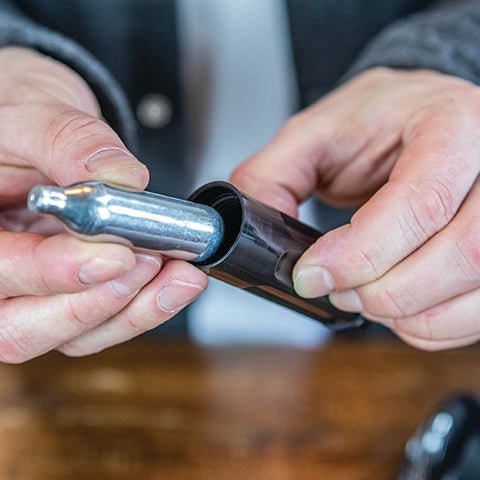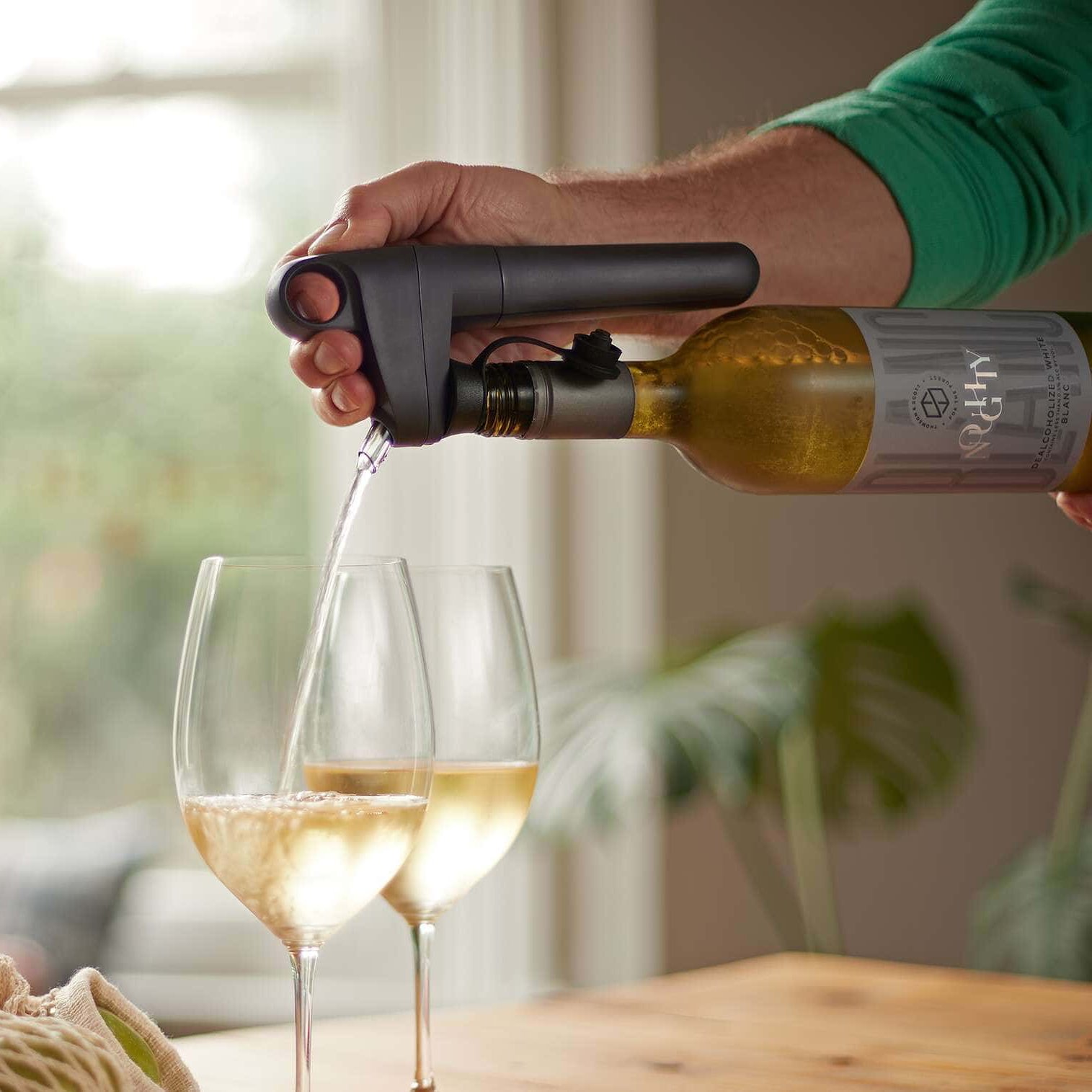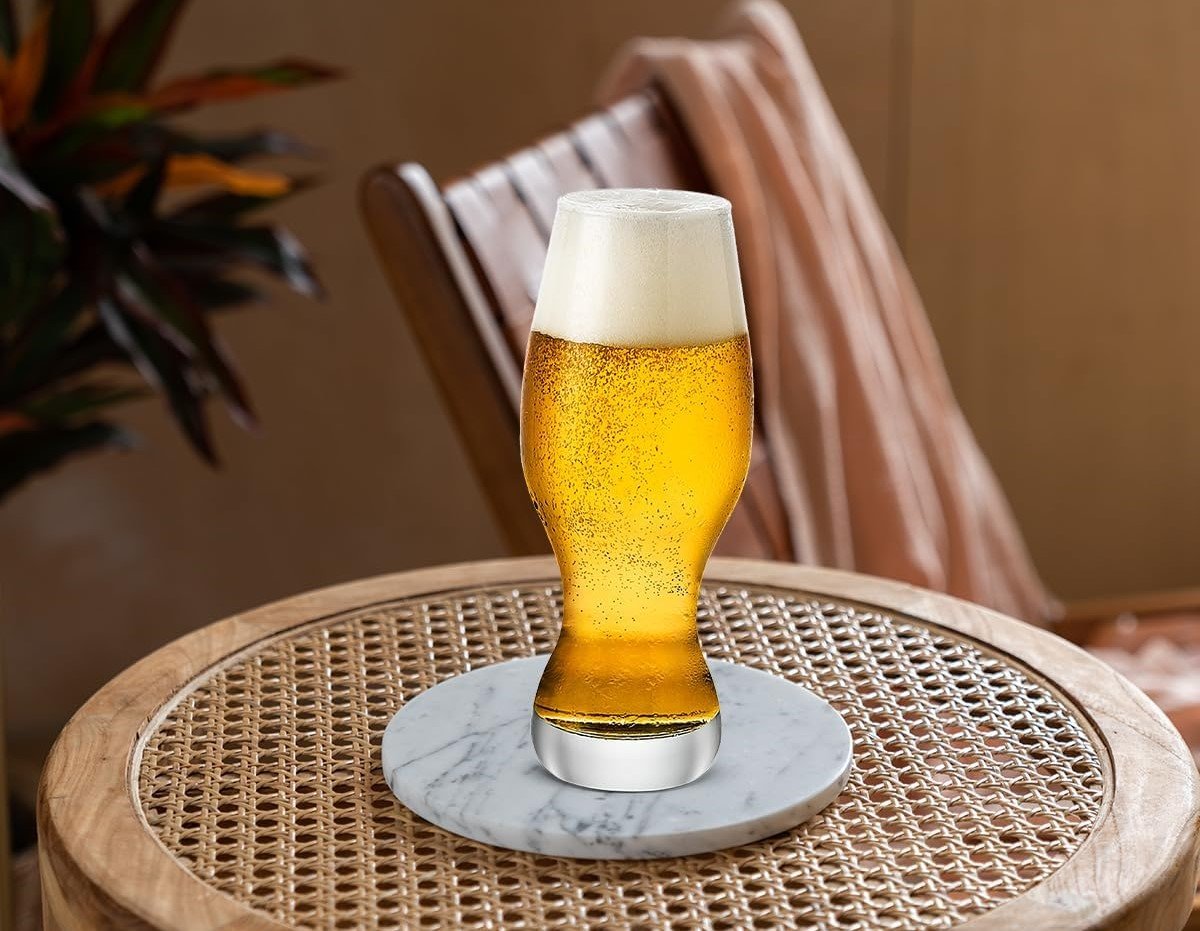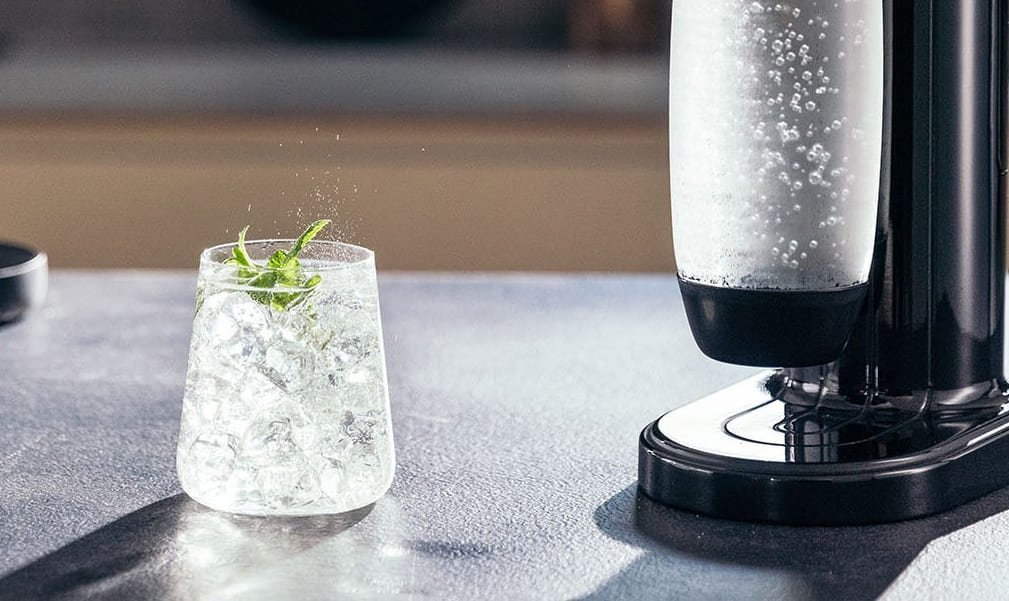Many beverage brands and restaurant operators worry about open bottles of wine going bad. CO2 seems like a budget-friendly fix — but used the wrong way, it can compromise flavor and waste your investment. Here’s how to use CO2 properly, and when to switch to something better.
CO2 can preserve opened wine in certain situations — but only if you use food-grade gas, apply it correctly, and understand its limits. Otherwise, you risk damaging the wine’s flavor profile.

Let’s break down when CO2 actually works, how to use it properly, and why Argon might still be your better choice in most professional wine applications.
When is CO2 acceptable for preserving wine?
Not all wine needs to stay fresh for weeks. In some cases, short-term freshness is all that matters. CO2 might be enough — if you know the type of wine and usage context.
CO2 works well in fast-paced environments like wine bars and casual restaurants, where bottles are emptied within 1-2 days. It’s also suitable for sparkling wines and low-acid table wines that are less sensitive to oxidation. But remember, CO2 is soluble in liquid — it may slightly carbonate still wines, which could alter the texture and mouthfeel.
Best use cases for CO2
- Same-day or next-day wine service
- Sparkling wines or those with natural CO2 presence
- Low-cost, high-turnover selections where flavor shifts are acceptable
What wine types are compatible?
- White table wines, rosés, entry-level reds
- Wines with screw caps or technical corks (easier to reseal)
Typical CO2 shelf life expectations
- 24–48 hours of freshness under good storage
- After that, oxidation may still occur, especially in delicate wines
Why can CO2 affect wine flavor?
You’ve probably heard CO2 can “ruin” the taste of wine. But is that always true?
CO2 dissolves easily into wine, forming carbonic acid — the same principle behind soda. While this adds pleasant bubbles to sparkling wine, it introduces an unwanted tingling effect in still wine. Over time, it may also slightly lower the perceived sweetness or bring out acidity in unbalanced ways.
The science of CO2 absorption
- CO2 solubility increases at colder temperatures and with agitation
- Once dissolved, CO2 alters the wine’s texture and aroma
How carbonation subtly alters taste
- Adds “prickly” mouthfeel in still wines
- May mute fruit tones or exaggerate sourness
For more technical explanation, see this guide on Inert Gas and Winemaking.
How to use CO2 properly to minimize risks
Used right, CO2 can help. Used wrong, it hurts.
Always use 99.99% food-grade CO2, especially when working in hospitality or beverage production. Avoid generic industrial-grade gas — impurities like oil residues, moisture, or volatile organics may alter aroma and safety. Use a controlled gas sprayer or pressurized head designed for bottles. Gently apply a CO2 blanket after pouring to reduce oxygen contact, and reseal quickly.
Choosing the right CO2 cartridge
- Use certified food-grade cartridges — like those designed for beer systems — which Alizeemetal can customize for wine preservation needs. See product options
- Ensure compatibility with wine dispensers, sprayers, or wine stations
Key mistakes to avoid
- Shaking bottles after gassing (accelerates absorption)
- Using non-food CO2 or storing bottles too warm
- Over-spraying: more gas doesn’t mean more preservation
Why Argon remains the better option for professionals
If you’re managing high-value wines or dozens of open bottles daily, flavor integrity is non-negotiable. This is where Argon outshines CO2.
Argon is about 1.4 times heavier than air, and significantly heavier than CO2. It does not dissolve in wine or react with its compounds. It simply sits like a protective blanket, shielding the surface from oxygen without altering taste or aroma.
How Argon works differently
- 100% inert and non-reactive
- Heavier than CO2, creates a more stable protective layer
- Doesn’t dissolve into wine, so no carbonation effect
Cost vs performance
While Argon is more expensive per liter than CO2, it’s the gold standard for preserving premium wines. When oxidation leads to waste or poor customer experience, the cost of bad wine far outweighs the savings from cheap gas.
If you’re ready to elevate your wine preservation system, check out Alizeemetal’s Argon Gas Cylinder for Wine.
Conclusion
CO2 is useful in short-term, casual wine scenarios — but if you want consistent flavor and full protection, Argon is still the industry’s gold standard.

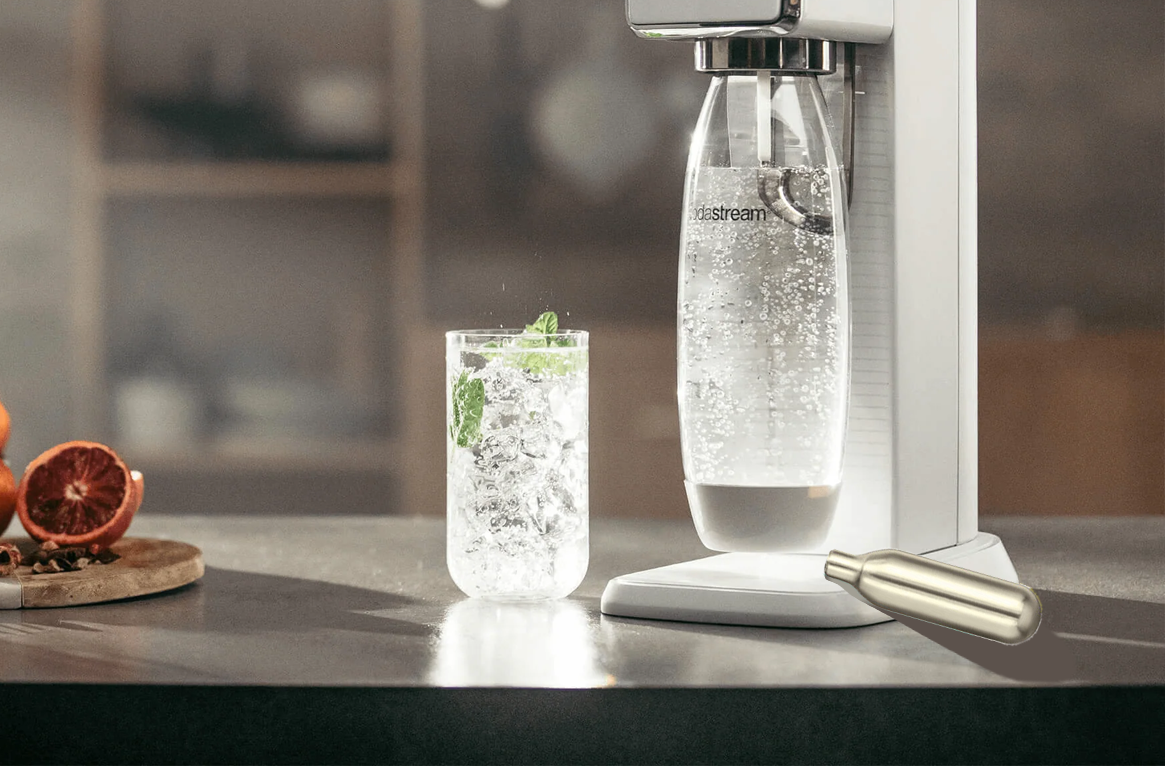
![which co2 cartridge size is best for soda makers [complete buying guide]](https://alizeemetal.com/wp-content/uploads/2025/09/Which-CO2-Cartridge-Size-Is-Best-for-Soda-Makers-Complete-Buying-Guide.jpg)
